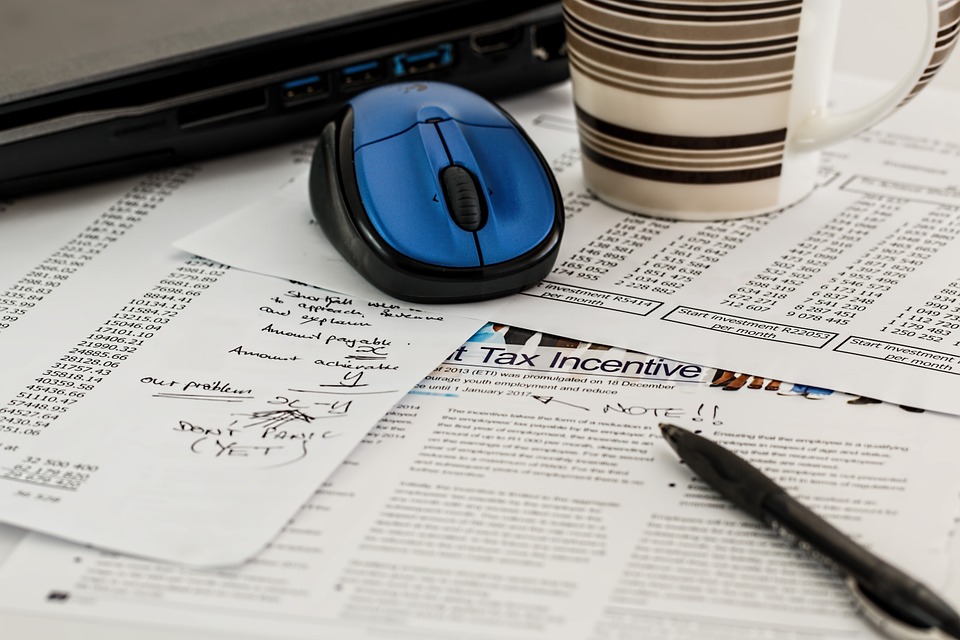Finding Financial Services to Fit a Freelance Lifestyle
FinancesLifestyle
Just as you think, dress and speak differently from previous generations, chances are you also earn your living differently. More and more people are bringing home the bacon by working freelance jobs in addition to their primary occupation to help make ends meet or to build up savings. Whether you’re a freelancer, an Uber driver, a dog walker or all of the above, if your income is coming from multiple sources, managing those streams can quickly become a complicated mess. Thankfully, there are many tools out there now to help you navigate your finances with ease so that your budgeting stays on track. What’s left up to you is figuring out which option fits you and your lifestyle best!
Web Management
Accounting websites such as Bill.com are fantastic tools for those with multiple income streams. They allow you to receive all your money in one place, organized according to who paid you and when. This is especially helpful when tax season rolls around so that you don’t have to go back through a year’s worth of bank statements to figure out how much you received and where it came from! The money goes straight into your PayPal account, it’s all itemized for you, and you can even write electronic invoices to send to customers. Easy, right? The great part is that Bill.com offers these services for free; you pay a monthly fee only to upgrade to an account that allows you to receive credit card payments or to have payments go directly to your bank account.
Take Advantage of Free Checking
Does your bank offer free checking accounts? Take advantage of it! Sometimes adding a second checking account can make navigating your finances that much easier. Have all of your income deposited into your primary account and pay your monthly bills out of it, then transfer money to a secondary account for your weekly expenses (gas, food, spending, etc.). Not only does this help you budget better, but it also brings a good degree of order to your accounts. This will make it easy to see all your revenue streams when you look at your bank statement, as your weekly debits won’t be cluttering up your main account ledger. If your bank doesn’t offer free checking, you may want to think about shopping around for a new bank. There are plenty of banks out there that offer free checking, and there’s no reason to pay for something when you don’t have to.
There’s an App for That
It’s true that there’s an app for everything nowadays, and money management is no exception! Many of these apps are free or inexpensive, but they’re invaluable when it comes to getting control of your finances. BillGuard is a great free app that allows you to link your bank accounts directly so that your transactions are automatically imported into the app, then sorted for you. This saves you the hassle of having to input information every time you swipe your debit card. It also shows all your deposits, so you can itemize your income sources easily. Getting your hands on an app that syncs up all your financial info, sorts it for you, and even helps you create a budget is one of the best moves you can make as a freelancer. You’re essentially pooling all your revenue streams into one app, where you can see everything at a glance and make changes as you need.
Whether you’re just getting started with managing multiple income streams or simply trying to find a better way of handling your complex finances, try one of these methods to help you gain control of your money. You may love one method or you can create your own combination; budgeting is all about finding what works for you and sticking with it!
Want to hear more? Tune in to our livestream with the Freelancers Union and General Assembly today (Wed, March 30th) at 2:00pm EST!
Worth your time
- Casino Online Prelievo Immediato
- Best Non Gamstop Casinos
- Non Gamstop Casinos UK
- Gambling Sites Not On Gamstop
- Casino Non Aams Legali
- Casino Sites Not On Gamstop
- Casino Sites UK
- Non Gamstop Casinos UK
- UK Non Gamstop Betting Sites
- Non Gamstop Casino
- UK Casino Not On Gamstop Self-exclusion
- Non Gamstop Casinos UK
- Non Gamstop Casino Sites UK
- Casinos Not On Gamstop
- Non Gamstop Casino UK
- Best Betting Sites UK
- Online Slots Sites UK
- Meilleur Casino En Ligne Avis
- Meilleur Casino En Ligne France
- Casino Not On Gamstop
- Casino Sites Not On Gamstop
- Non Gamstop Casino UK
- Casino Non Aams
- Casinos Not On Gamstop
- Siti Casino
- Casino En Ligne
- Casino Non Aams Sicuri










